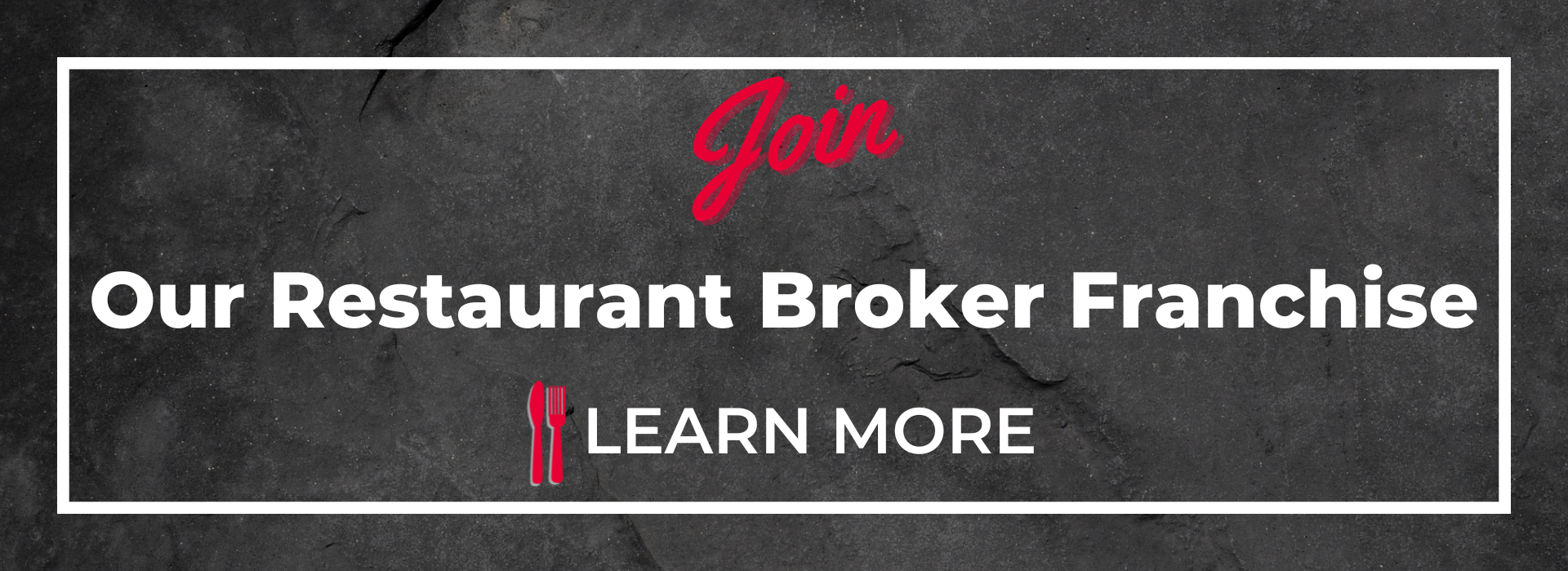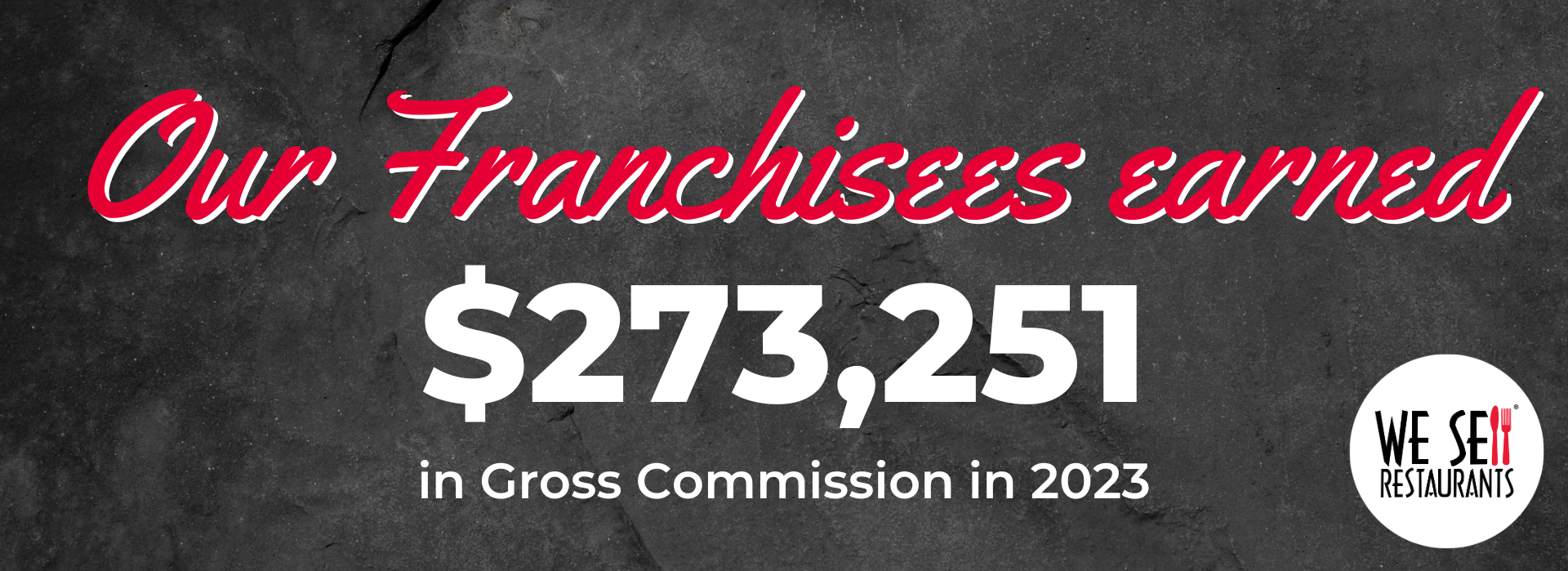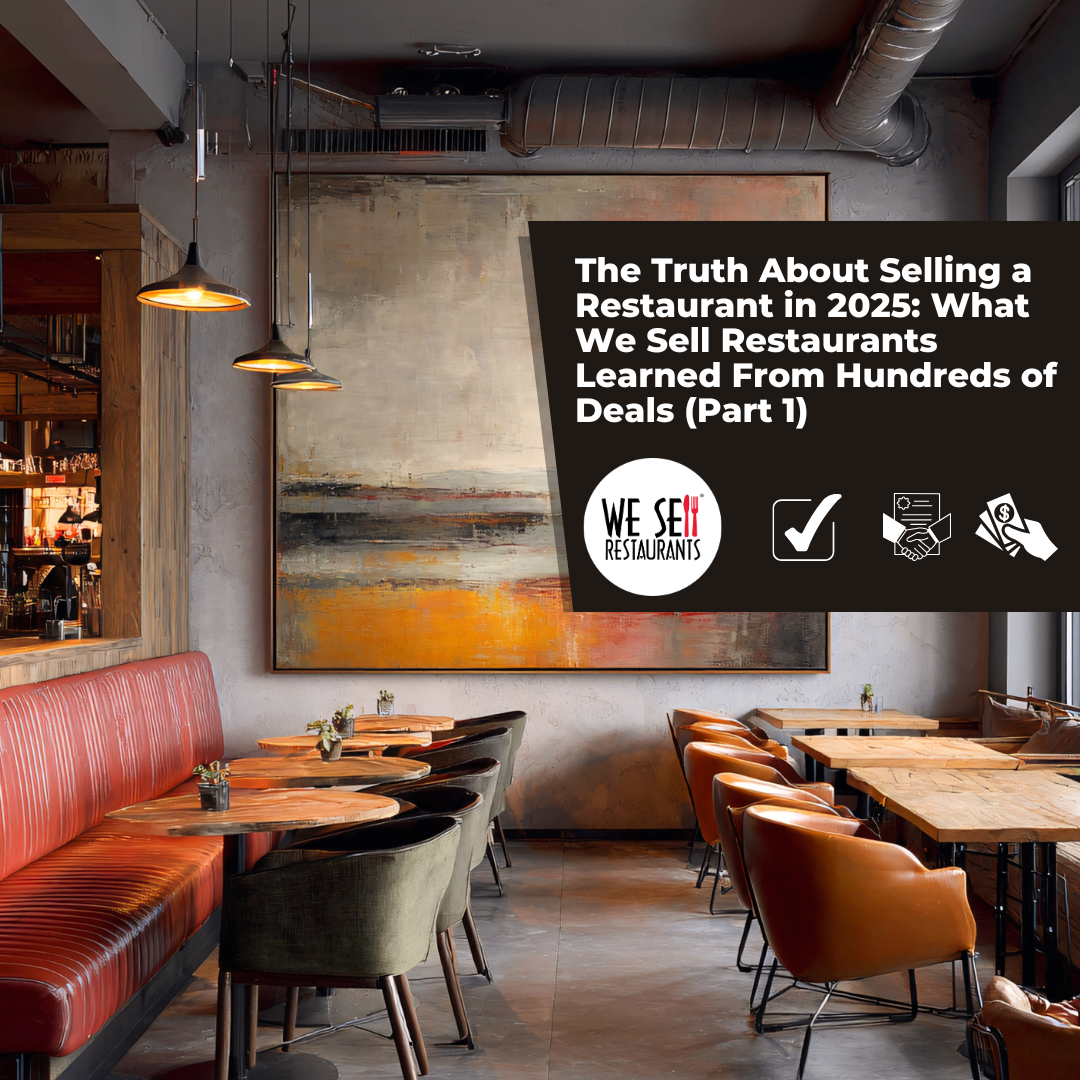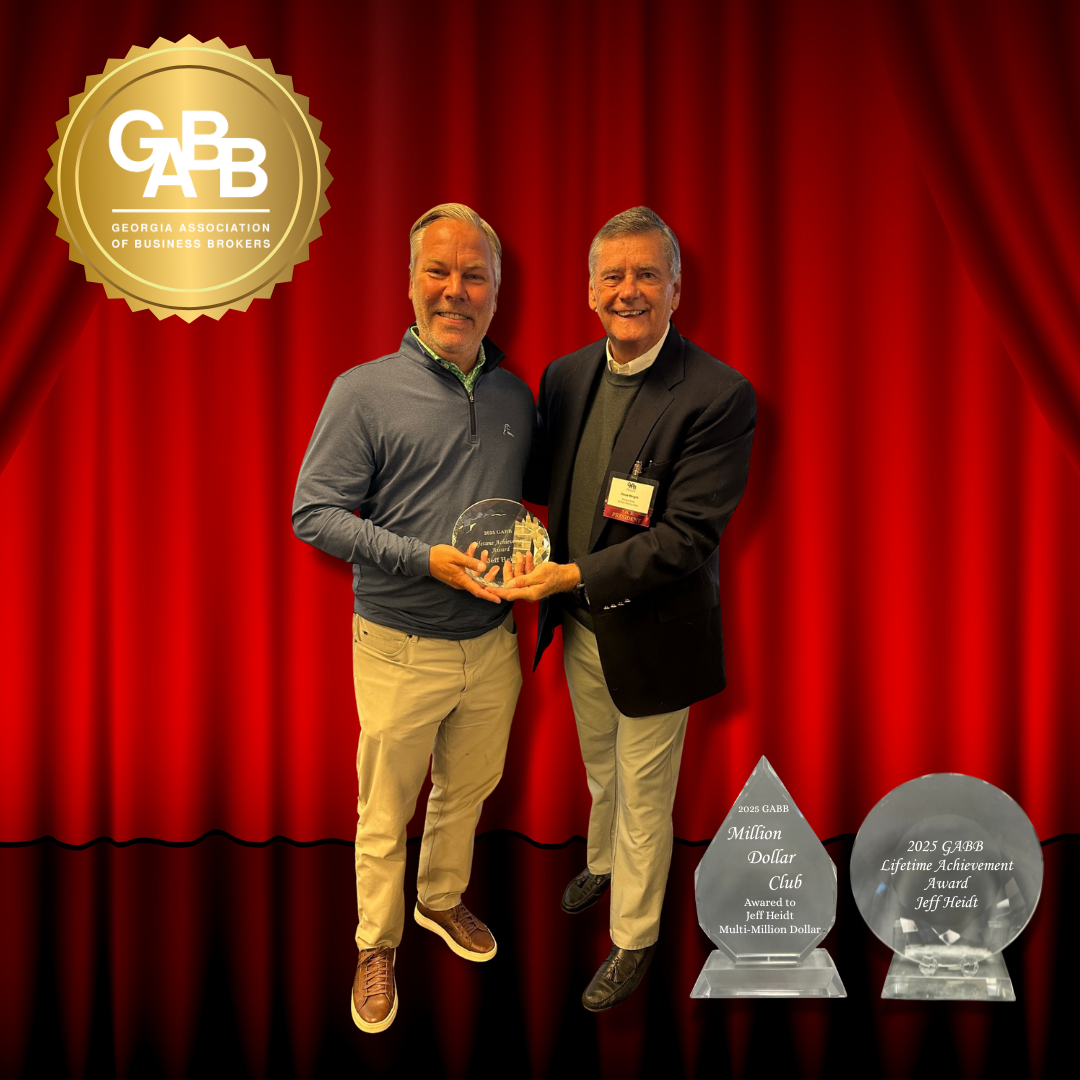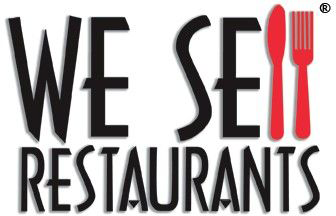Articles on Restaurant Sales typically focus on either unit level or macro level consumer sales. This article provides a rare glimpse into those in the market to sell their restaurant or considering an exit pre and post pandemic. These are the four distinct periods created by events the restaurant operator has faced over the past three years.
From the onset of the pandemic until roughly first quarter of the following year is best described as the Relief, Resilience and Recess phase. Relief, since restaurant owners were laser focused on financial assistance in the early months, as they literally fought for survival. Attention was directed at any form of government assistance including the Paycheck Protection Program or PPP, Economic Injury Disaster Loans or EIDL, the Restaurant Relief Fund (RRF), and any state or local programs created to assist the industry. Owners were navigating applications for assistance and learning how to make claims for forgiveness at the same time.
Resilience became the watchword as restaurant operators adapted to new conditions and powered through the challenges of masking, protective gear, and sanitizing stores while meeting consumer demand for delivery and takeout. Surprisingly, there are restaurants that improved their financial outlook during this phase of the pandemic as menus were trimmed and total focus on profitability became critical.
The first phase also led to a Recess or hold on transactions as restaurant buyers became wary of entering the industry with so many unknowns and sellers found themselves too unsure of the market to list. BizBuySell’s Quarterly Insight Data tracking restaurant sales reported that sales in Q2 through Q3 of 2020 dropped by 54% over the prior over the prior year.
That pause was on from March of 2020 until September of 2020 when a little known portion of the COVID relief bill passed by Congress allowed for the SBA to pick up the lion’s share of all fees associated with lending as well as increase the government guaranty on loans. That helped deals that had been postponed over buyer concerns by pushing them over the finish line but did little to drive new transactions.
By 2021, transactions and restaurants moved into the phase we’ll call Supply Shock & Standstill. As the initial emergency waned, though this varied by state, restaurant owners began grappling with unforeseen challenges of getting supplies and manpower they needed on top of inflationary pressure on costs. The challenges kicked off during this period are still resonating today. This was a time of navigating unexpected turbulence and trying to keep restaurants running smoothly against a backdrop of continued shocks to the system.
At this point, however, certain portions of the industry were also performing well. The QSR segment exceeded all expectations by adapting more quickly to technology shifts and delivery demands.
This led to strong numbers for many brands, buoyed by consolidated market share, changing consumer patterns, and close attention to unit level economics. The consumer moved back into the restaurant while operators retained third party business for certain customers.
Restaurant sellers, however, were at a standstill and facing multiple challenges for lending. First, they had to piece together numbers from 2019 and 2020 (pre-pandemic) along with part of 2021 to satisfy banks. Many that took advantage of government programs now had SBA liens that were attached to the businesses and impeded closings. By second quarter, Interest rates were being spiked by the Federal Reserve to temper inflation which flattened deal flow.
For those keeping count, restaurant sales nationwide were still slower than pre-pandemic with sellers concerned that they would not be able to get what they wanted for their businesses. Restaurant transactions nationwide reported by BizBuySell were 6.5% ahead of the prior year but still down 34% to 2019 (pre-pandemic). Selling prices in the fourth quarter of 2021, beat pre-pandemic levels for the same quarter of 2019 and were flat to 2020, demonstrating that the market was still paying normalized rates for businesses measured in hard dollars (selling prices) and as a multiple of cash flow.
Sellers had now been on the fence about selling, assuming the worst, for nearly two years at this point. Buyers were also cautious which takes us to a phase we’ll title, Endurance, Exhaustion and Erosion. By 2022, operators were simply exhausted from two years of survival, followed by supply chain and labor challenges. While still not confident they could get the pricing they wanted, many simply waved the white flag and wanted out.
Enter 2023, the latest phase we’ll title New Dawn and Deals. At this point, the industry has settled into what some described as the “new normal” based on a National Restaurant Association survey of operators that said x and y. Restaurant sales for consumers along with restaurants changing hands are experiencing a new dawn and deals are taking place. Two quarters into 2023, national restaurant sales remain stubbornly behind 2019 (pre-pandemic) but trended 6.8% ahead of the 2022.
The impetus for buyers in this phase is an innate understanding that projections for the future already have high interest rate conditions baked into the numbers with potential for these to go down over the life of the loan. Similarly, supply chain struggles have eased along with inflationary pressure on food and labor costs. The new normal is allowing everyone to move into transactions with more certainty.
From the seller’s perspective, the aging of the U.S. population and attendant baby boomers ready to retire are putting more stores into the restaurant for sale marketplace. At the same time, those who have been in crisis mode for multiple years are still looking for an exit from the industry. These are holdovers from the exhaustion phase. Others, operating on thin margins, simply have no other option except to exit, leaving them vulnerable to opportunistic buyers looking to acquire fully equipped spaces at discount pricing.
Where does the market go from here? That answer could hinge on the U.S. economy’s strength but may tie more directly to the consumer’s loyalty to the business model. Through all phases, the one clear message gleaned is consumer’s reliance on the space.
In each phase, the customer has demonstrated that the social aspect of the business along with the convenience creates a demand for restaurants that isn’t going anywhere. This was confirmed in a National Restaurant Association survey saying 64% of consumers consider restaurants essential to their lifestyle.
For those seeking an understanding of the next phase of restaurant sales, it would not surprise us to see a shift from New Deal and Dawns to Unprecedented Demand. It is in this phase that transactions will finally outperform the 2019 marketplace. There will be demand for acquisitions from those displaced from other industries bringing cash to the table. The ultimate lowering of interest rates will feed the demand, creating the inverse to current conditions even though the real dollar difference on a note between 8% and 6% is more of a psychological than financial barrier to entry.
Lastly, those seeking to expand in fully built out markets will drive demand for units that can be converted to their concept. Developers are currently sitting on shovel ready projects that will take multiple years to complete as they wait for more favorable times to deploy their capital and hedge against interest rates. Expect the demand curve for space to peak before the build out can be accomplished requiring buyers and brands to snap up existing locations that are fully equipped.
Overall, restaurant owners that have successfully navigated from Relief and Resilience to New Dawn and Deals have an opportunity to maximize their equity position in the upcoming Demand phase. That’s the point at which operators will finally experience relief for having endured the multiple phases of the pandemic affecting the restaurant for sale marketplace.
 Robin Gagnon, Certified Restaurant Broker®, MBA, CBI, CFE, is the co-founder of We Sell Restaurants, a brand that has carved an unparalleled niche in the industry as the nation's leading and only business broker franchise focused on restaurants. Under Robin’s leadership, We Sell Restaurants has grown to 45 states where it dominates the restaurant for sale marketplace, including franchise resales, delivering on the founder’s vision to Sell More Restaurants Than Anyone Else. We Sell Restaurants was named one of the most influential suppliers and vendors in the country by Nation’s Restaurant News and has earned a position on INC 5000’s list of fastest growing privately held companies. Franchisees of We Sell Restaurants surveyed by Franchise Business Review placed it 25th in the nation in franchisee satisfaction.
Robin Gagnon, Certified Restaurant Broker®, MBA, CBI, CFE, is the co-founder of We Sell Restaurants, a brand that has carved an unparalleled niche in the industry as the nation's leading and only business broker franchise focused on restaurants. Under Robin’s leadership, We Sell Restaurants has grown to 45 states where it dominates the restaurant for sale marketplace, including franchise resales, delivering on the founder’s vision to Sell More Restaurants Than Anyone Else. We Sell Restaurants was named one of the most influential suppliers and vendors in the country by Nation’s Restaurant News and has earned a position on INC 5000’s list of fastest growing privately held companies. Franchisees of We Sell Restaurants surveyed by Franchise Business Review placed it 25th in the nation in franchisee satisfaction.
Robin is the Chair of the Women’s Franchise Committee of IFA and is a member of the IFA Board of Directors. She is also an MBA and Certified Franchise Executive (CFE) and has her CBI (Certified Business Intermediary) designation from the International Business Brokers Association. She co-authored Appetite for Acquisition, a small business book award winner in 2012 and contributes frequently to industry press appearing in Forbes, QSR, Modern Restaurant Management, Franchise Update, and others. She has appeared on The TODAY Show as a restaurant expert and Entrepreneur Magazine has named her to their list of the “Top Influential Women in Franchising.”
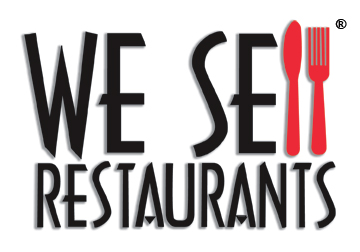
 404-800-6700
404-800-6700

